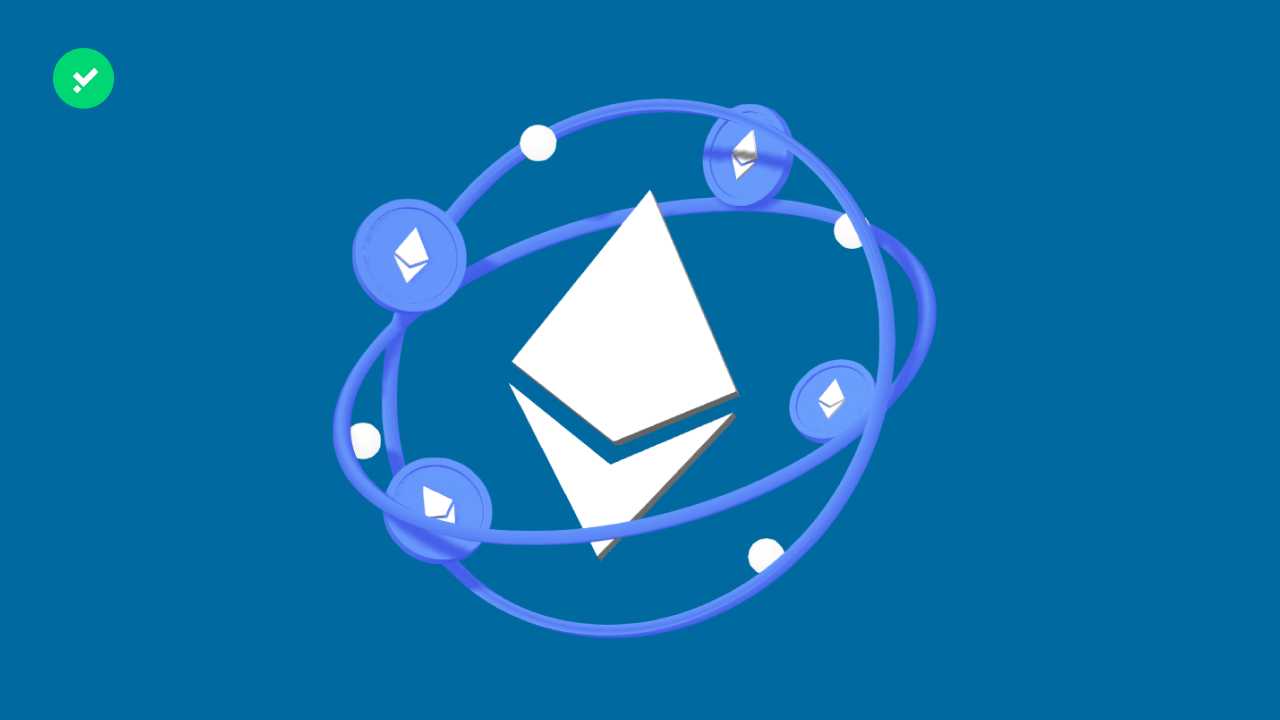
The Ethereum 2.0 update has been successfully activated! Find out what’s new after The Merge in 7 points
The Merge was a major achievement in the field of computing. The update went live on Thursday, the 15th of September 2022 without any hiccups. The Ethereum blockchain started validating transactions through the Proof-of-Stake consensus algorithm smoothly starting from block number 15537393. As is usually the case with big events, the general euphoria passes and many questions begin to circulate about the aftermath. Will Ethereum become more centralised? What happened to the price of Ethereum? If you want to know more, read the news after The Merge explained in 7 points!
1. Why did the price of Ethereum plummet after The Merge?
On the day of the activation of The Merge, ETH lost about 10 percentage points by drawing a red candle on the chart. But why did Ethereum collapse after the success of The Merge? Two main reasons can be identified, one is closely linked to The Merge and the other is inherent to the macro-economic situation we find ourselves in at the moment. In the current economic context, we are witnessing a raise of interest rates by the FED (the US central bank), and an increase of supply in the markets. This is certainly to the detriment of assets considered risky, such as cryptocurrencies. The price of Ether therefore fell by more than 20% after The Merge.
The second reason is precisely due to the activation of The Merge. Miners, who in the previous version of Ethereum Proof-of-Work were in charge of validating transactions, reportedly sold around 20,000 ETH in the hours following The Merge (according to OKlink‘s data). This helped to drive Ethereum’s price down.
2. Is Ethereum more centralised after The Merge?
Someone pointed out that after The Merge, Ethereum would be more centralised than before. This is because there are currently fewer nodes involved in validating transactions on the Proof-of-Stake blockchain than on the Proof-of-Work network.
In a blockchain that works via the Proof-of-Stake consensus algorithm, transactions are validated by staking. The validator nodes of the Ethereum network, i.e. those with at least 32 ETH, are responsible for approving all transactions and are rewarded by the network through Ether rewards. Most of these nodes are organisations called staking pools that pool users’ Ether who want to delegate their crypto to participate in the consensus mechanism.
Criticism regarding centralisation has been raised because these staking pools are few in number and hold large amounts of Ether on behalf of users. One of the risks of this situation could be the centralisation of decisions and processes in the Ethereum network. However, this criticism contrasts with the idea that providers would earn money in relation to the amount of Ether they possess and consequently the number of users who choose to use them. According to this hypothesis, they would have no incentive to censor transactions and thus risk losing users and revenue. What will be the next developments? Will other staking pools arise that will help to further decentralise the Ethereum network?
The second point that Ether’s detractors try to leverage is the geographical location of the validator nodes. In response to this, a report available on the official website of Lido, one of the most widely used staking pools, shows that Lido’s validator nodes are geographically distributed. No country has more than 15% of the total in terms of the presence of validators on its territory. Not only that: Lido itself is an organisation whose goal is to improve its decentralisation and whose staking protocols are already regulated by a DAO.
3. Beware of fake news post The Merge
On Thursday, the 15th of September 2022, some major Italian newspapers reported the news that the founder of Ethereum, Vitalik Buterin, had hacked the Twitter profile of the Ministry for Ecological Transition, led by minister Roberto Cingolani. Obviously, none of this happened; Vitalik Buterin’s name that appeared as a profile handle was inserted by a fraudster. The Italian Web3 community was obviously very critical of the famous newspapers that raised the alarm. A series of very funny memes were born, which emphasised the misinformation and the tendency to instrumentalise information without verifying it.
4. How do Ethereum’s tokenomics change after The Merge?
One of the 7 innovations after The Merge concerns Ethereum’s tokenomics. Tokenomics is the model that describes the economic characteristics of a token and contains all information related to the issuance and distribution of a blockchain token. The switch from the Proof-of-Work consensus algorithm to the Proof-of-Stake algorithm will result in lower ETH issuance, which will also affect the crypto’s inflation. In the period before The Merge, inflation was around 4%. Immediately following The Merge, Ether had a deflationary trend, in other words, more Ether were destroyed than issued.
Ethereum’s tokenomics will also undergo changes after the next scheduled update for Ethereum, called Shanghai. In the months following The Merge, until the activation of Shanghai, it will not be possible for stakers to withdraw their ETH. The update will regulate ETH withdrawals from staking, affecting the amount of cryptocurrency circulating.
5. Has The Merge turned Ethereum into a zero-impact blockchain?
The Ethereum team hopes so. According to the Ethereum Foundation, thanks to the consensus algorithm change, the network will reduce energy consumption by 99.5 per cent. In Proof-of-Stake blockchains, transactions are validated through staking and not thanks to the computational power provided by the miners. It has been estimated that due to The Merge, worldwide energy consumption will be reduced by 0.2%. The Merge update could therefore change the entire industry’s narrative regarding potential climate damage.
6. Next steps after The Merge for a more scalable network?
Now that The Merge has been activated, what is the next step for Ethereum? Vitalik Buterin spoke about this at a conference on the 21st of July 2021. The main goal is the scalability of the network, as it has been since 2017 when the use of the network increased exponentially. Today, Ethereum’s network is able to process around 20 transactions per second. In the future, with the use of some scalability solutions, it will be possible to reach even 100,000 transactions per second. The next upgrade to The Merge will be The Surge. Two phases will coexist within The Surge, the first is called proto-Danksharding and should take place within a year. With this update, which will serve to increase the amount of data that can be stored on each block, it will be possible to make transactions on Ethereum Layer 2s even cheaper. The second phase of The Surge will be called Danksharding and will aim to scale the Ethereum network also on Layer 2s through the use of so-called rollups. Rollups deal with aggregating multiple ‘off-chain’ transactions that are then ‘presented’ to the Ethereum blockchain as unique transactions.
7. Where will Ethereum miners go?
The last point of news after The Merge concerns the fate of ETH miners. They had to equip themselves to find new blockchains where they could move all their computational power. By analysing the hash power, and thus the computational power of some alternative blockchains to Ethereum, it became clear where the miners left without employment were headed. For instance, Ethereum Classic‘s hash power skyrocketed by 500% and Ravencoin’s by 800%. Are these the cryptos favoured by miners? Those who have not moved to these alternative coins are probably thinking about other options, such as offering their computing power to cloud computing or data processing players like Amazon Web Service or validating the Proof-of-Stake version of the network by creating nodes. Other former Ethereum miners decided to create hard forks to continue their activities. There have been two hard forks since The Merge: ETHW (Ethereum Proof-of-Work) and ETF (Ethereum Fair). The two hard forks have not been recognised by Ethereum and are therefore unrelated projects to the blockchain created by Vitalik Buterin. An interesting fact about the Ethereum Fair hard fork is that it was distributed to those who owned Dogecoin, Ethereum Classic and Bitcoin but not to those who owned ETHs. Both hard forks were subject to great volatility in the hours immediately following The Merge.




